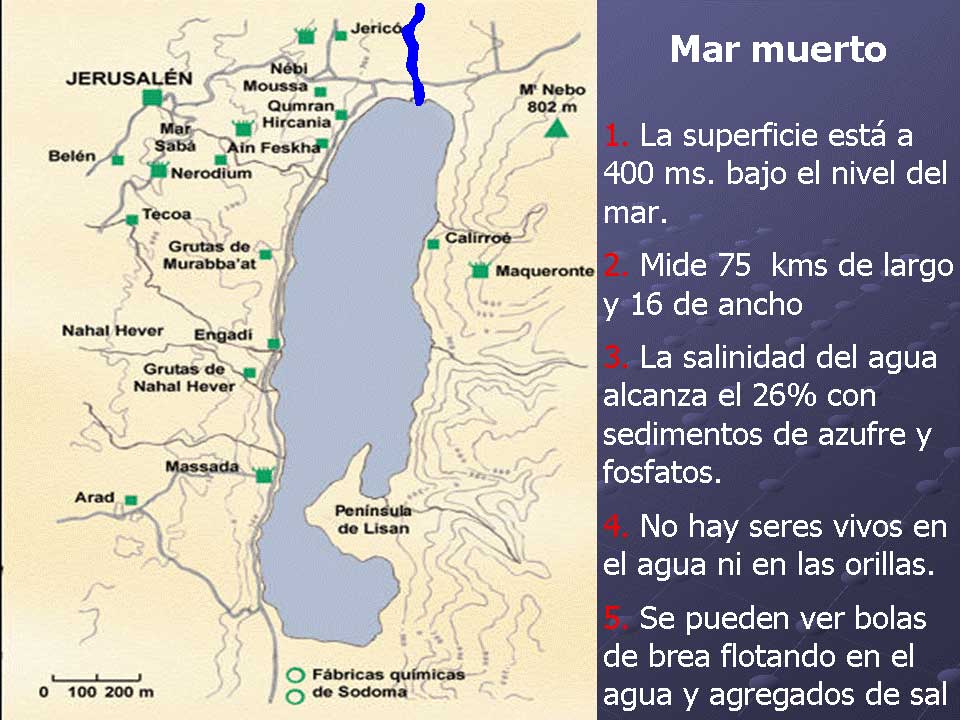The Mar Muerto, or Dead Sea, is a remarkable body of water that has captured the interest of travelers, historians, and scientists alike. Nestled between Jordan to the east and Israel and Palestine to the west, the Mar Muerto is situated in the Jordan Rift Valley, making it the lowest point on Earth's surface at over 430 meters below sea level. This unique geological phenomenon is not just a stunning natural wonder; it also boasts a myriad of health benefits and historical significance. The Mar Muerto is renowned for its extraordinarily high salt concentration, which allows people to float effortlessly on its surface. This salinity, combined with the minerals found in the water, makes it a popular destination for wellness and spa enthusiasts seeking the therapeutic properties of its waters.
But where exactly is the Mar Muerto located? As travelers seek to explore this natural wonder, understanding its geographical context becomes essential. From the bustling streets of Jerusalem to the serene landscapes of Jordan, the Mar Muerto is easily accessible from various points, making it an ideal stop for those adventuring through the region. In this article, we will delve deeper into the location, history, and unique characteristics of the Mar Muerto, shedding light on why it remains a must-visit destination.
Whether you are planning a vacation or simply curious about this extraordinary site, you will find that the Mar Muerto offers an experience unlike any other. Join us as we explore the many facets of this incredible body of water and uncover its secrets.
What is the Mar Muerto?
The Mar Muerto, known as the Dead Sea in English, is a salt lake that is bordered by Jordan, Israel, and Palestine. It is famed for its mineral-rich waters and mud, which have attracted visitors for centuries. The lake's high salinity prevents most aquatic life from thriving, hence the name "Dead Sea." Despite its name, the Mar Muerto is teeming with life in the form of minerals and nutrients beneficial for skin and health.
Where is the Mar Muerto Located?
Geographically, the Mar Muerto lies at the northern edge of the Great Rift Valley, which stretches from East Africa to the Middle East. It is positioned between two countries: Jordan and Israel. The nearest city to the Mar Muerto is Jericho in the West Bank, while the closest major city in Israel is Jerusalem. With easy access from both countries, the Mar Muerto has become a popular destination for tourists.
What are the Health Benefits of the Mar Muerto?
The Mar Muerto is not only a stunning natural sight but also a haven for wellness. Here are some of the health benefits associated with it:
- Skin Conditions: The minerals in the water, such as magnesium and potassium, can help alleviate skin ailments like psoriasis and eczema.
- Muscle Relaxation: Floating in the high-salinity water can relieve muscle tension and improve circulation.
- Detoxification: Mineral-rich mud from the Mar Muerto is used in various spa treatments for detoxifying the skin.
- Stress Relief: The unique experience of floating in the Dead Sea can promote relaxation and reduce stress.
How to Get to the Mar Muerto?
Traveling to the Mar Muerto is relatively straightforward, with several transportation options available:
- By Car: Renting a car offers the most flexibility. The drive from Jerusalem takes about an hour, while from Amman, it takes about two hours.
- By Bus: There are regular bus services from major cities like Jerusalem and Tel Aviv to the Mar Muerto area.
- By Tour: Many tour operators offer packaged trips that include transportation, entry to resorts, and guided tours of nearby historical sites.
What Attractions Are Near the Mar Muerto?
In addition to the Mar Muerto itself, there are several attractions in close proximity that are worth exploring:
- Ein Gedi Nature Reserve: A beautiful oasis offering hiking trails and stunning views.
- The Qumran Caves: Famous for the discovery of the Dead Sea Scrolls.
- Masada: An ancient fortress with a rich history and breathtaking views of the surrounding desert.
Can You Swim in the Mar Muerto?
Swimming in the Mar Muerto is a unique experience due to its high salinity. While you won't be swimming in the traditional sense, you can float effortlessly on the surface. However, it's important to be cautious:
- Do not submerge your head, as the saltwater can irritate your eyes.
- Use the provided showers to rinse off after your swim.
- Be mindful of any open cuts or wounds, as the salt can cause stinging.
What Should You Bring When Visiting the Mar Muerto?
To make the most of your visit to the Mar Muerto, be sure to pack the following essentials:
- Swimwear: Don’t forget your swimsuit for floating in the water.
- Towel: Bring a towel for drying off after your swim.
- Water Shoes: The lakebed can be rocky and slippery.
- Sunscreen: Protect your skin from the sun, especially since the area is sunny year-round.
- Water: Stay hydrated, as it can get hot around the Mar Muerto.
What is the Best Time to Visit the Mar Muerto?
The best time to visit the Mar Muerto is during the spring (March to May) and autumn (September to November) months when the weather is milder. Summer can be extremely hot, with temperatures soaring above 40°C (104°F). Winter months can also be cooler, especially at night.
In conclusion, the Mar Muerto is an extraordinary destination that offers visitors a unique experience of floating in its salty waters, enjoying its health benefits, and exploring the stunning landscapes surrounding it. Whether you're planning your trip or simply curious about this natural marvel, understanding "mar muerto donde está" will help you appreciate its significance and allure. So pack your bags and get ready for an unforgettable adventure at the Mar Muerto!



